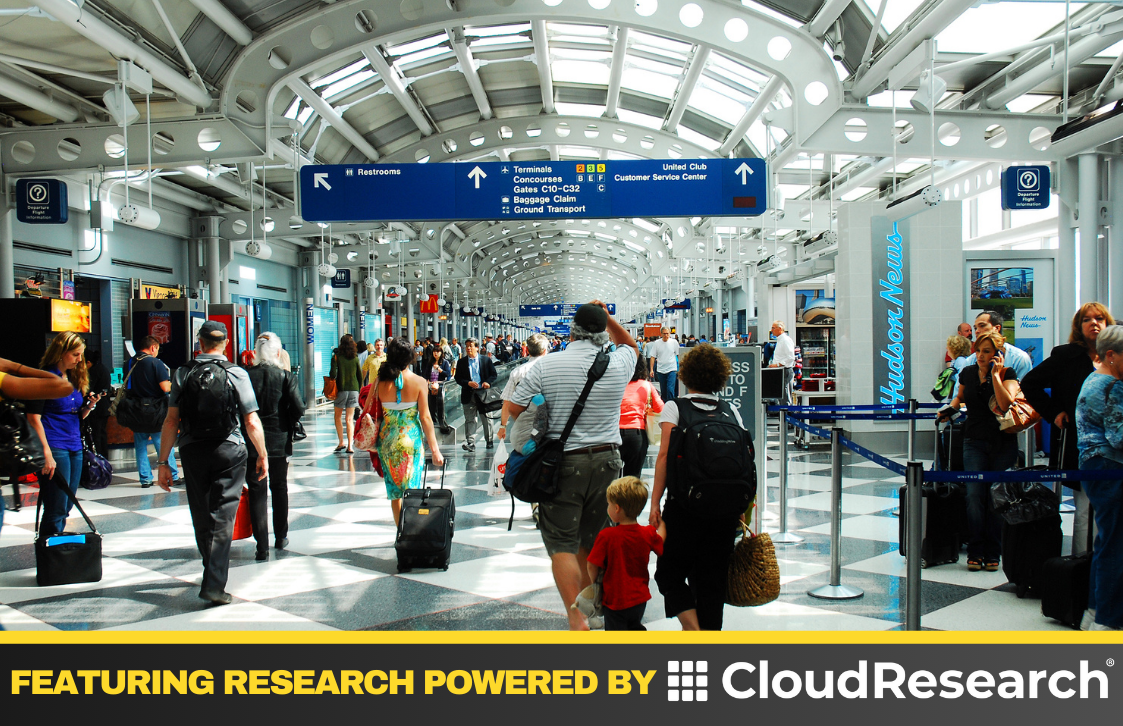The New Frontier of Work: Navigating the Shifts and Challenges of Working Remotely Post-COVID-19

As a researcher deeply immersed in the evolving landscape of the work environment, the shift from traditional office settings to remote work during the COVID-19 pandemic piqued my curiosity and professional interest. The abrupt transition challenged both employers and employees to adapt quickly, presenting a unique opportunity to explore the impacts of this new work paradigm on performance, well-being, and work-life balance.
In the early days of 2020, the world was thrust into uncharted territory as the COVID-19 pandemic necessitated widespread shelter-in-place orders. Like millions worldwide, American workers found themselves converting dining tables into desks and attending meetings in virtual rooms. This sudden shift was not just a logistical challenge but a profound change in how we understand and engage in work. By June 2023, nearly 41% of Americans were navigating the waters of remote work, either full-time or on a hybrid schedule, signaling a transformation in the workforce that was impossible to ignore.
Impact of Remote Work on Job Performance, Retention, and Well-being
The crux of my research, building off work done by Wang et al., was to delve into the nuances of this transition. How does working from the confines of our homes affect our ability to perform and maintain a healthy balance between our professional and personal lives? With remote work becoming a staple rather than a rarity, it was crucial to explore the dynamics of job design, autonomy, and the interplay between work and home life in this new context.
My study began with a clear objective: to understand the challenges of remote work and how they influence employees’ ability to juggle their job responsibilities and family duties.
We surveyed over 380 full-time American employees who were navigating a hybrid work schedule, seeking insights into their experiences with virtual work characteristics, autonomy, and monitoring, and the effects on their performance and well-being. We recruited participants through CloudResearch Connect, where we were able to target this specific sample and obtain high-quality data with ease.
One of my key findings was the direct relationship between autonomy and performance. Autonomy, or the freedom to control how one’s work is done, emerged as a critical factor in enhancing employee performance in a remote setting. This didn’t come as a surprise, as autonomy has long been recognized for its positive impact on job satisfaction and productivity (see here, here, and here). However, the context of remote work added a new layer of understanding to its importance.
My research also highlighted the challenge of work-home interference, a phenomenon where the demands of work spill over into family life, and vice versa. We discovered that autonomy in work could significantly reduce the negative impact of work interfering with family life, underscoring the importance of flexible work arrangements in achieving a harmonious balance.
Implications: The Benefits and Challenges of Remote Work
These findings carry profound implications for both academia and the managerial world. For organizations navigating the post-pandemic landscape, fostering an environment that values autonomy and supports a healthy work-life balance is no longer optional but essential. Flexibility on how and when employees complete tasks leads to higher levels of job satisfaction and commitment. Managers are encouraged to rethink traditional work arrangements, embracing flexibility and trust over strict monitoring, to harness the full potential of their remote or hybrid workforce.
The transition to remote work has not been without its challenges, but it has also opened doors to new possibilities for how work can be structured and performed. Organizations that dedicate resources to employees and their families can expect reduced turnover and higher levels of performance. As we continue to adapt to this new normal, the insights from this research offer valuable guidance for organizations striving to promote positive employee outcomes in the era of remote work.
Conclusion
The pandemic has irreversibly changed the landscape of work, with remote and hybrid models becoming a permanent fixture in many sectors. Through this research, we’ve gained critical insights into the factors that contribute to the success of these work arrangements. By prioritizing autonomy and addressing the challenges of work-home interference, organizations can foster environments where employees thrive, both in their professional and personal lives.
As we look to the future, it’s clear that the flexibility and adaptability demonstrated during the pandemic will continue to be valuable assets for both workers and employers. The journey of adapting to remote work has been a learning curve for all of us, but it’s one that has the potential to lead to more innovative, inclusive, and balanced ways of working.
References
Bailey, D. E., & Kurland, N. B. (2002). A Review of Telework Research: Findings, New Directions, and Lessons for the Study of Modern Work. Journal of Organizational Behavior, 23(4), 383-400. https://doi.org/10.1002/job.144
Birkinshaw, J., Gudka, M., & D’Amato, V. (2021a). The Blinkered Boss: How Has Managerial Behavior Changed with the Shift to Virtual Working? California Management Review, 63(4), 5-26. https://doi.org/10.1177/00081256211025823
Breaugh, J. A. (1999). Further Investigation of the Work Autonomy Scales: Two Studies. Journal of Business & Psychology, 13(3), 357-373. https://doi.org/10.1023/A:1022926416628
Chowhan, J., MacDonald, K., Mann, S. L., & Cooke, G. B. (2021). Telework in Canada: Who Is Working from Home during the COVID-19 Pandemic? Industrial Relations / Relations Industrielles, 76(4), 761-791. https://doi.org/10.7202/1086009
Dodd, N. G., & Ganster, D. C. (1996). The interactive effects of variety, autonomy, and feedback on attitudes and performance. Journal of Organizational Behavior, 17(4), 329–347. https://doi.org/10.1002/(SICI)1099-1379(199607)17:4%3C329::AID-JOB754%3E3.0.CO;2-B
Fried, Y. (1991a). Meta-Analytic Comparison of the Job Diagnostic Survey and Job Characteristics Inventory as Correlates of Work Satisfaction and Performance. Journal of Applied Psychology, 76(5), 690–697. https://doi.org/10.1037/0021-9010.76.5.690
Golden, T. D., & Gajendran, R. S. (2019). Unpacking the Role of a Telecommuter’s Job in Their Performance: Examining Job Complexity, Problem Solving, Interdependence, and Social Support. Journal of Business & Psychology, 34(1), 55–69. https://doi.org/10.1007/s10869-018-9530-4
Haan, K. (2023, June 12). Remote work statistics and trends in 2024. Forbes. https://www.forbes.com/advisor/business/remote-work-statistics/
Hackman, J. R., & Oldham, G. R. (1975). Development of the job diagnostic survey. Journal of Applied Psychology, 60(2), 159. https://psycnet.apa.org/record/1975-22031-001
Henning, A., Kowalski, T., & de Haan, P. (2023). (2023). Determination of the noise reduction potential at bus stops through the use of hybrid and electric buses. Paper presented at the INTER-NOISE and NOISE-CON Congress and Conference Proceedings, , 268(7) 1176-1186.
Morgeson, F. P., & Campion, M. A. (2003). Minimizing Tradeoffs when Redesigning Work: Evidence from a Longitudinal Quasi-Experiment. Personnel Psychology, 55(3), 589-612. https://doi.org/10.1111/j.1744-6570.2002.tb00122.x
Shiuen, A. L. L., Chin, W. S., Seong, L. C., & Rasdi, R. M. (2022). Examining the changing nature of stress: Stress of working from home during pandemic crisis. Vision. https://doi.org/10.1177/09722629221104212
Wang, B., Liu, Y., Qian, J., & Parker, S. K. (2021). Achieving Effective Remote Working During the COVID‐19 Pandemic: A Work Design Perspective. Applied Psychology: An International Review, 70(1), 16-59. https://doi.org/10.1111/apps.12290

